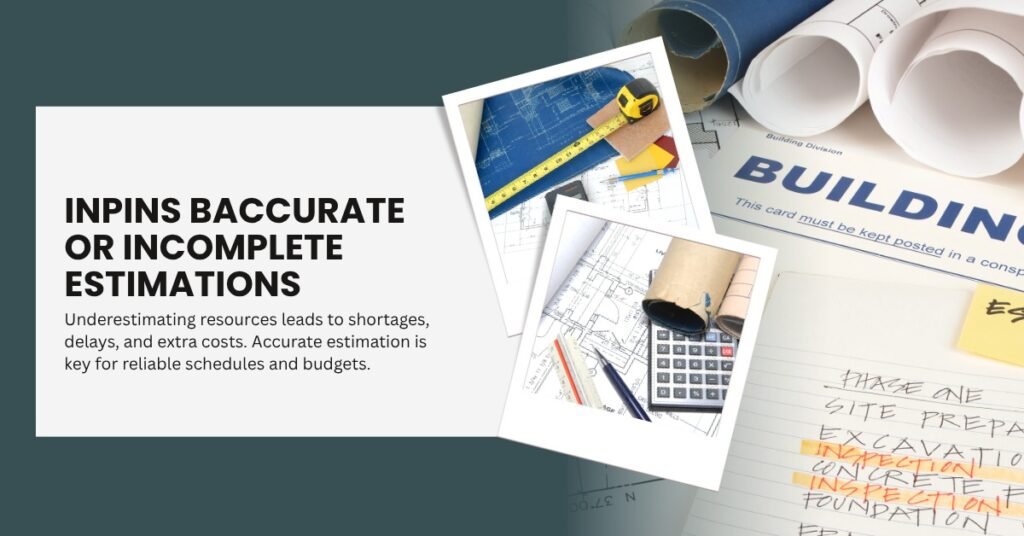Time management is a crucial skill for project managers. Proper time management ensures that a project is completed on schedule, avoiding delays and the resulting cost overruns. Effective time management requires setting clear priorities, estimating durations accurately, and using tools like Gantt charts, critical path analysis, and scheduling software.

1. The Importance of Time Management
Time management in project controls involves planning and allocating time effectively, monitoring progress, and adjusting plans as needed. It’s essential for:
- Preventing delays: Ensuring that activities are completed on time and without delay.
- Reducing project costs: Minimizing the costs of extended project timelines.
- Increasing productivity: Ensuring that resources are used efficiently, without waste.
2. Best Practices for Time Management in Project Controls
a) Define Project Goals and Objectives
Clearly define the project’s goals and objectives at the start. This helps in creating realistic timelines, understanding dependencies, and avoiding scope creep.
b) Break Down the Work Using a WBS
The Work Breakdown Structure (WBS) is a hierarchical decomposition of the project scope into smaller, more manageable components. This structure helps ensure all tasks are accounted for and enables accurate time estimation for each task.
c) Estimate Task Durations Accurately
Accurate estimation of task durations is crucial for setting realistic timelines. Use techniques like three-point estimating, analogous estimating, or parametric estimating to derive accurate time estimates. Always factor in contingencies for potential delays.
d) Develop a Detailed Schedule
Develop a comprehensive project schedule using tools like Gantt charts or Primavera P6. A detailed schedule helps track project progress and allocate resources efficiently. Include dependencies and critical path analysis to visualize task relationships.
e) Monitor Progress and Adjust
Track project progress against the baseline schedule. If delays or deviations occur, take corrective actions like resource reallocation, task rescheduling, or scope adjustment to bring the project back on track.
f) Communicate Effectively
Regular communication with team members, stakeholders, and clients ensures that everyone is aligned with the schedule. Use project management tools, meetings, and reports to keep everyone informed of progress and any changes.
3. Time Management Tools
a) Gantt Charts
A Gantt chart is one of the most common tools for managing project timelines. It provides a visual representation of the project schedule, showing the start and finish dates of tasks, along with dependencies and progress.
b) Project Scheduling Software
Software like Primavera P6 or Microsoft Project allows you to create detailed schedules, track progress, and manage resources. These tools integrate critical path analysis and can help forecast delays early in the process.
c) Buffer Management
Adding time buffers to critical path tasks helps account for uncertainty. The use of time contingency can help mitigate the impact of delays without jeopardizing the overall project timeline.
4. Conclusion
Time management is one of the most critical aspects of project control. By following best practices like defining clear goals, using a WBS, accurately estimating durations, and regularly monitoring progress, project managers can ensure that projects stay on track and are completed within the scheduled time frame.
